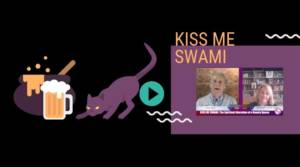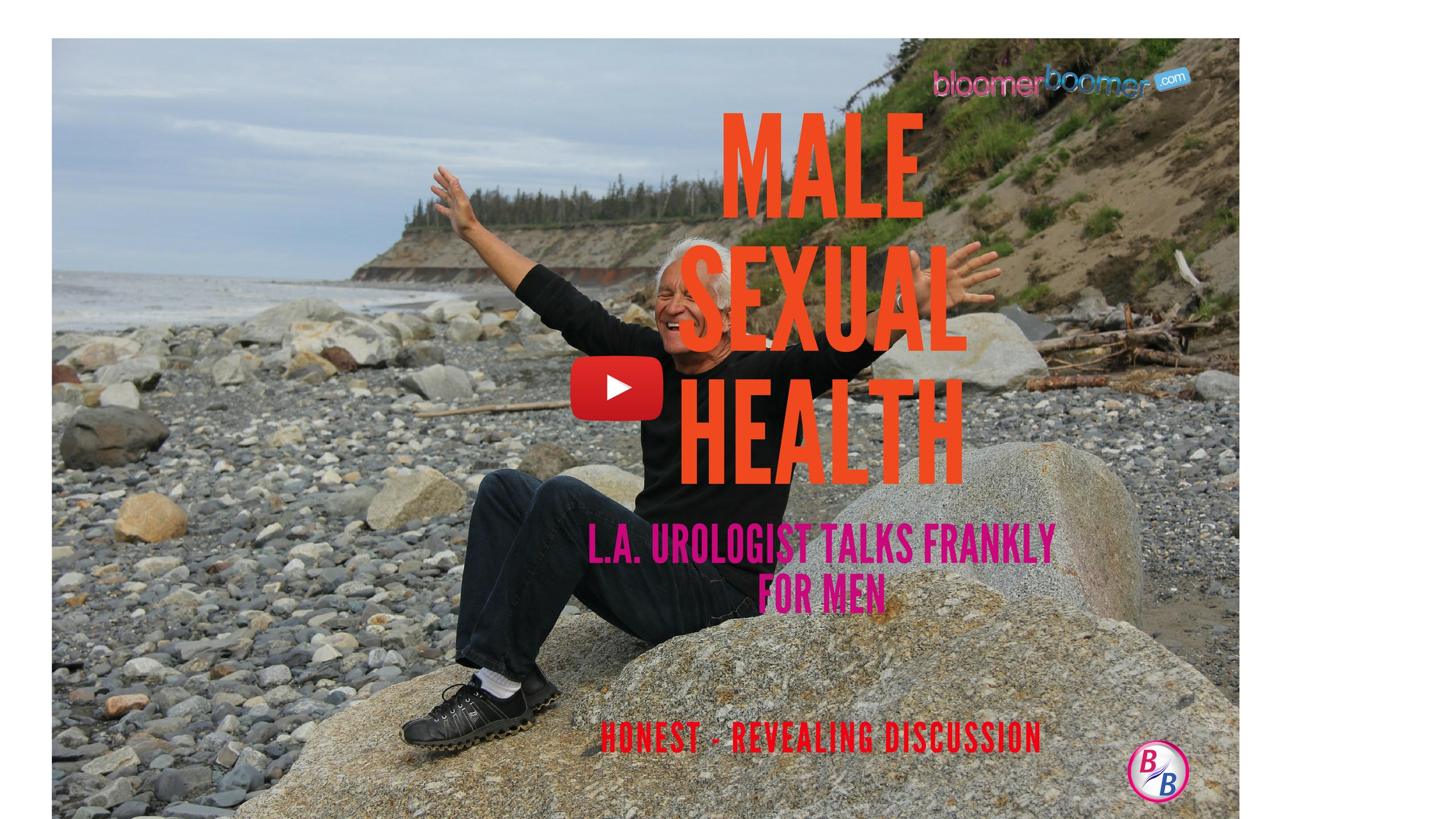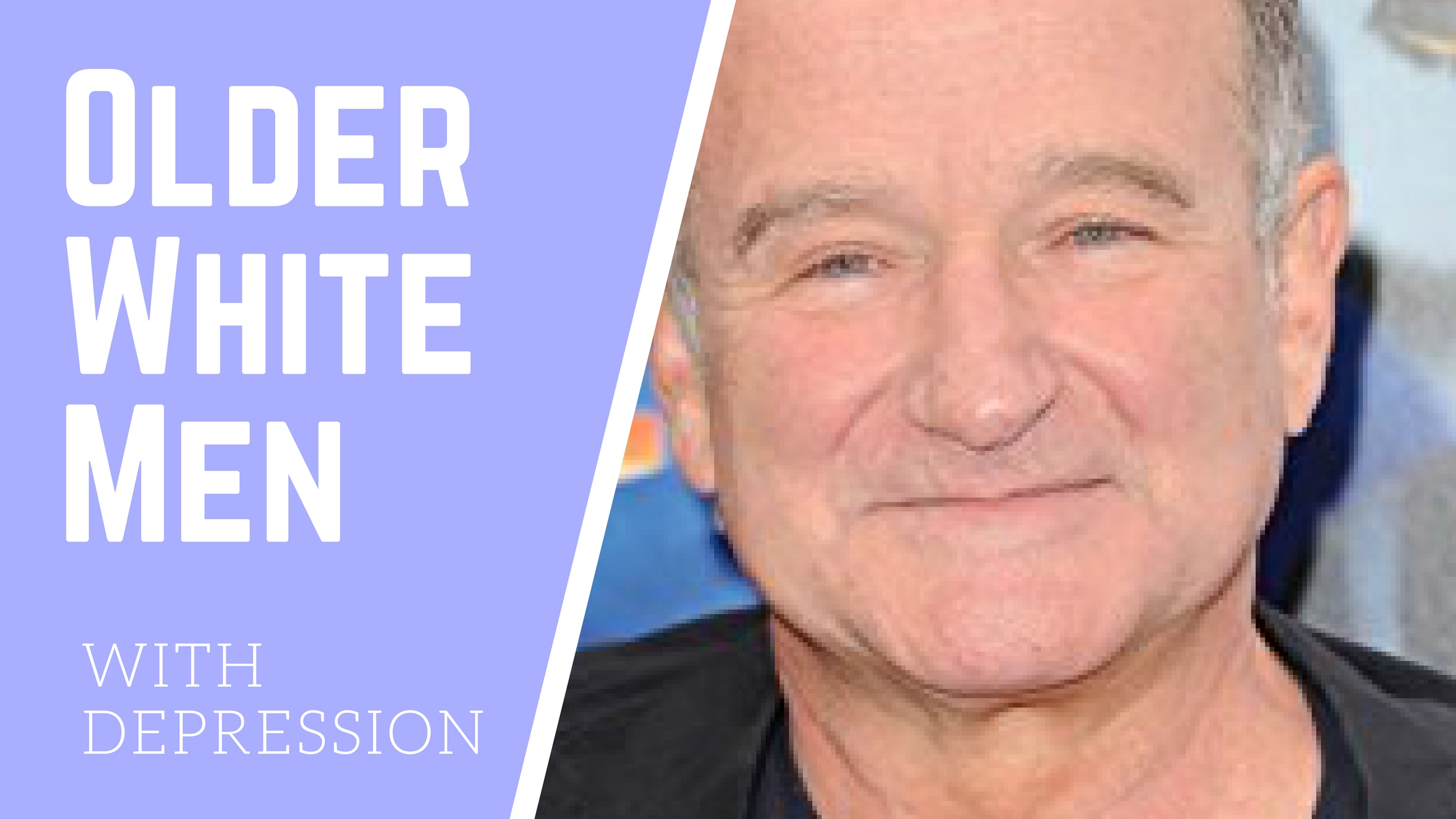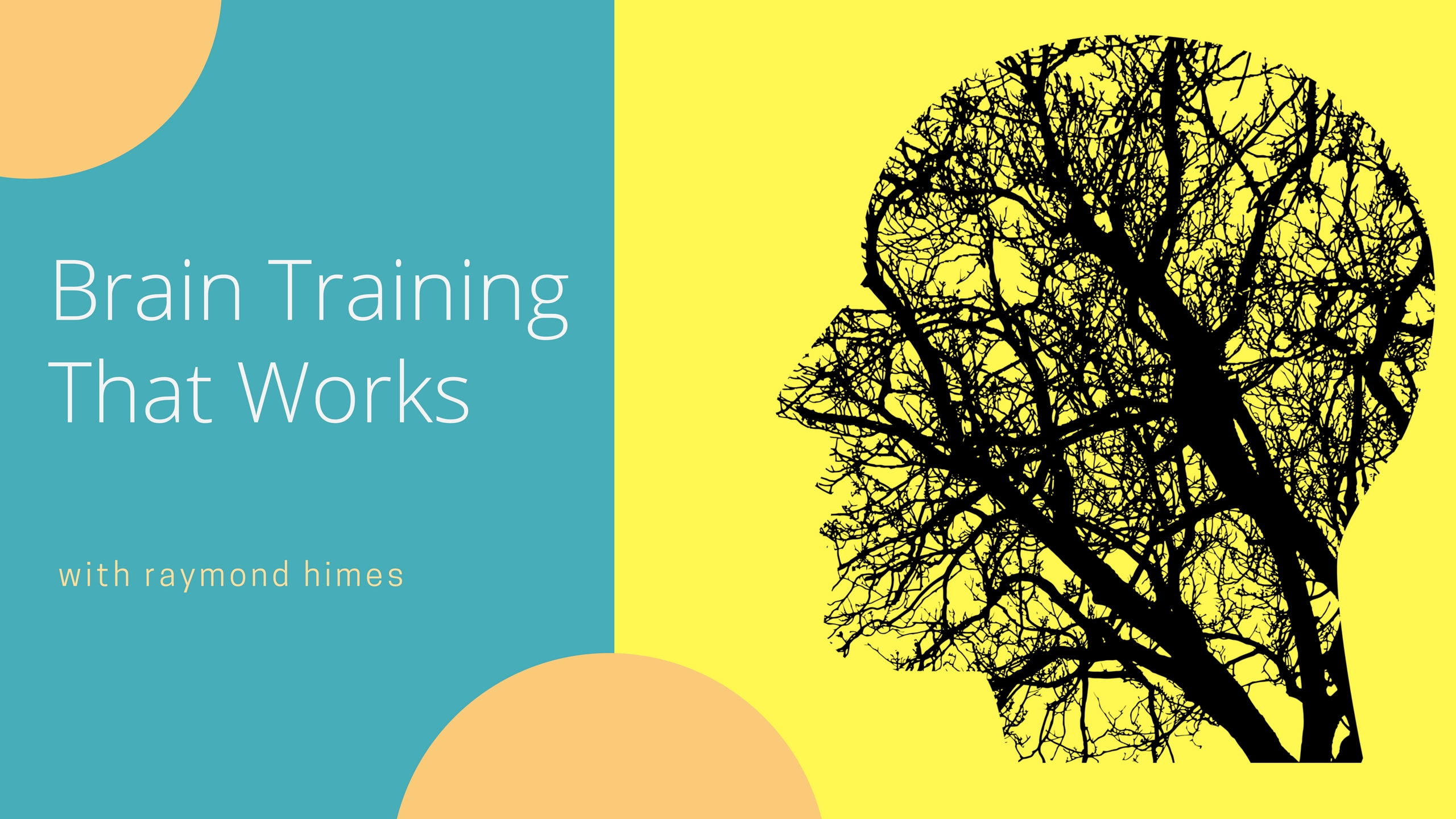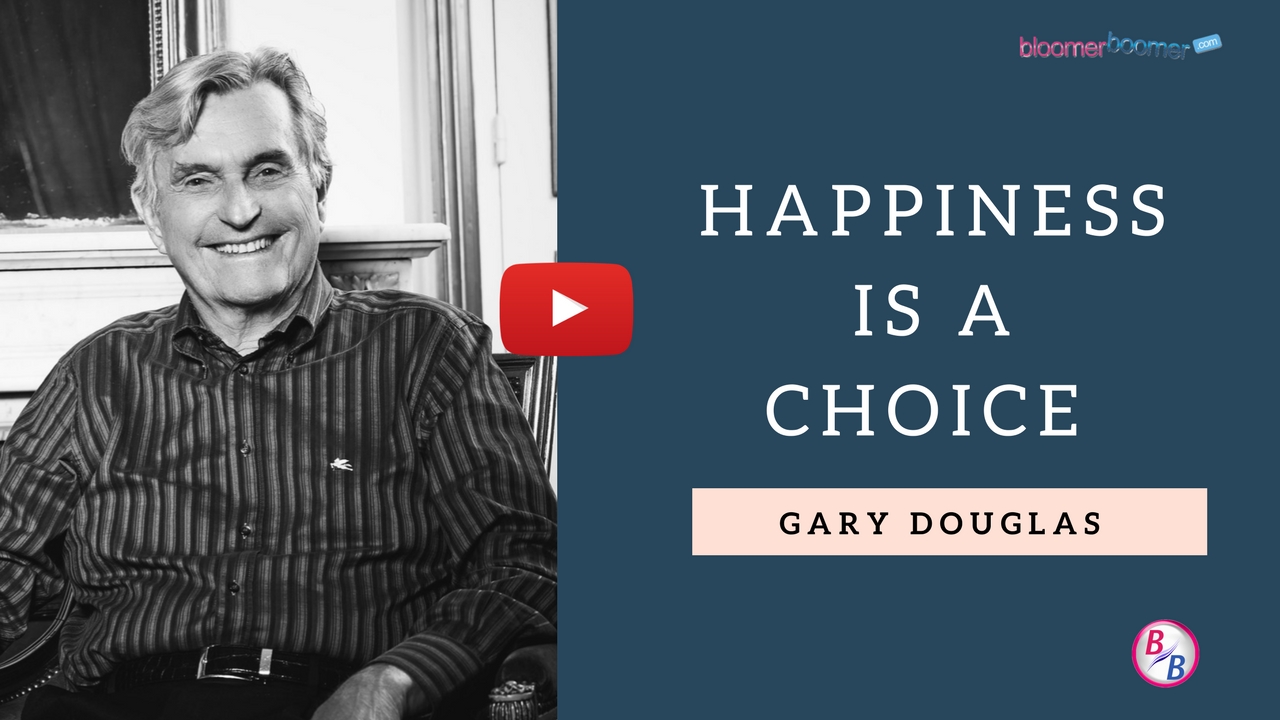A Second Opinion: Back Surgery
A Back Surgeon With A Second Opinion
Interview with Dr. David Hanscom with a different view on back surgery
Andy: This podcast in my humble opinion is a must listen to for everyone who suffers from back pain and for the millions who do have contemplated surgery as a remedy.
Dr. Hanscom is a board certified orthopedic surgeon, specializing in complex spine problems in all areas of the spine. What you will hear is a highly educated and trained individual in the most interact elements of spinal surgery, who shares with stunning transparency what every patients should know about back surgery.
Dr. Hanscom begins our interview with what he was observing back in 1993, that he wasn’t witnessing results he expected from some of the surgeries and a substituted report confirmed what he was seeing.
Dr. Hanscom: There was a hyper… Washington that showed the success rate in workers com at one year follow for spine surgery for back pain it was 15%. And at that point I just stopped doing fusions for back pain.
Andy: From that journey Dr. Hanscom shares his insights into the factors that contributed to pain – to chronic pain, and also the tools he used that he thinks will help others.
Dr. Hanscom: So, the book spacing my story about chronic pain that I learned with my patients. I’m a surgeon, if you have a structural problem in order to take a pinch nerve with matching symptoms then surgery is definitive answer. Somehow in our modern cultural verities is held as a definitive answer whether there is a structural problem or not. And if you are doing a bone operation or soft tissue pinch that they are not going to work. And that’s way success rate over spine fusion for back pain is about 15 to 20%, maybe 22% in the best series. And if we do certify a structural problem with matching symptoms the success rate is over 90%. If you are very specific of what you are operated on, it works very well. But now we like to use it, and if go to the dentist with the painful tooth and that tooth is identified uncorrected works pretty much a 100% of the time. If you go to the dentist with mouth pain, but you don’t know the source of the pain, you start doing procedures the chance of success id very low. It is somewhat that way with back pain, actually it is very similar.
Andy: So, armed with that information Dr. Hanscom prescribes what has been said many times before – any decision on back surgery has to be both a decision from the patient and from the doctor.
Dr. Hanscom: I would call it more of a shared decision making process. At any time any surgeon or physician who says you need this treatment without asking their role in the decision making, is a big problem.
I frequently have patients coming to me every week who has stenosis or pinch nerves, and the pain did a level 2 maybe 3 out of 10 and pretty mild symptoms. But they have been told by several surgeons that they need surgery. I go: “Well, is your pain bad enough to go through the risk of surgery?” and they go: “No”. And that’s the end of the story. So, really it depends on your symptoms and really very few people need spine surgery.
Andy: So, how much do you hurt? Well, that’s the big question. So, I asked Dr. Hanscom a little bit more about the levels of pain.
Dr. Hanscom: Well, there are two parts of the answer to that question. First of all, throughout medical school, residency, and fellowship, none of us has been thought anything about pain. Now in the last 5 years has changed a little bit, but generally speaking we are not trained about pain.
Second of all, what I have found out that there are 3 types of pain. There are structural problems, identifiable back symptoms. Most pain is soft tissue pain, which are mussels, tenants, and ligaments, which are loaded with pain fibers. And generally soft tissue pain is probably the most painful in the body, because the density of the fibers is very high.
Then the third type of pain is called The Mind-Body syndrome where the brain really store strictest. And once the brain nerves come out of balance, there are 33 different symptoms at least that the body can cut, like headaches, anxiety, PTSD, etc. I mean all these things come from unbalanced nervous system, that’s why making a correct diagnosis is absolutely critical before you do anything, because there are effects per times for every one of them. But in the bigger picture whether it’s structural, soft tissue, or Mind-Body syndrome, the brain is still receiving pain impulses and release them on these permanent pathways. And the pain impulses come in so quickly that probably these pathways lay down in about 3 months – 12 to 14 weeks – once you know they are permanent. What we found out that even in the structural situations with appropriate surgery, we still deal with the pain pathways. And the basic concept is that if these pathways are permanent and there are all these so called sematic tools, we create new pathways around the old pathways – the term is Neuroplasticity. You can actually stimulate your brain to grow and form new pathways. Once you hit the tipping point the pain pathways go to doormat and in a little your pain disappears. And that’s the part is so exciting is that surgery or non-surgery we can see most people with their pain simply disappearing. So, we are not managing the pain – we are watching the pain go away.
Andy: And thus the inspiration entitle to his book Back in Control – A spine surgeon roadmap out of chronic pain.
Dr. Hanscom: I did… The reason I wrote the book is to try to convey that in an organized manner. And what you are doing, there are a bunch of ways to creating pathways, but the one that we started with and the foundation of the entire project is writing down the anxiety producing thoughts, which obviously connects with pain, and simply throwing them away. And you are creating the thoughts was physical sensations – that creates a pathway. And the process doesn’t really start until the writing start. Every physician that I know around the country that practices Mind-Body principles starts with writing as a foundation.
Andy: So, obviously you can tell that Dr. Hanscom has put a lot of time and resources on the subject of pain.
Dr. Hanscom: Well, as Dr. Don Surrnow discovered this what he called Pension Mild Syndrome back in the 60’s and 70’s. He wrote a book called My Never Back Pain. And he is the one that linked pain with anger, or what he called rage.
And, again they didn’t thought that in medical school but I learned that when we are trapped by pain, it’s really unpleasant. I read about it back in the 70’s and I just blew it off, I tried it in the 80’s run some medical student and resident, and I just thought this is crazy. And then when I came into my own journey I realized that he was doing in terms of pathways, anger, etc. And I would say less than 5% use this principle. However every physician that uses Mind-Body principles has the same success rate that I do. In other words, my book is a template. Any physician that uses the principles of structured care that addresses all aspects of pain, the patients take full responsibility for their care, they will get better.
Andy: People who suffer from back pain, they know very well indeed that they are not imagining that pain, and in many cases have to rely on some very powerful medications to help numb the pain.
Dr. Hanscom: What we are trying to do is I take; I would call it a reversed approach to that, if someone comes to me with high dose narcotics etc. A lot of times they come and the first thing that goes is to take people off medications. I remember the body receiving those impulses no matter what, plus the brain is sensitized to the impulses. After about 3 or 4 months, probably 4 or 5 hundred percent of your brain is reacting compared to no pain pathways. In other words they’ve done. Most MRI scans show that if you take volunteers without pain and you put a pressure to their thumb, and a certain part of the brain light up, when you do the same thing to people in chronic pain – 5 parts of the brain light up. So, brain becomes very synthesized. What I do to pain medications is I just leave them alone. And the first call is get people sleep, no matter what. I’m talking about all this doesn’t make any difference unless you are sleeping. Second of all, we start calming down the nerve system with these sematic tools. Then as the pain drops down the medication becomes over a non-issue. So, I think that the medications have to stay in place to try to keep the pain low as reasonable. Plus we’ve been in on pain medication for a long time and also you are being pulled off from them, your anxiety goes up, which kicks up your pain. What happens is those medications at some point just disappearing and it’s usually the last thing that I deal as far is coming odd medications, but most people do come off medications.
Andy: So, Dr. Hanscom has learned a great deal about the strengths and weaknesses of back surgery. And ironically it’s him who people come to after previous operations have failed.
Dr. Hanscom: Right now there is there is somewhere 3 to 5 hundred thousand fusions done per year. I don’t know exactly what percent are done for low back, but let’s say half of them are, that’s 250 thousand operations are done for back pain, that is and accessory to around 22%.
And the problem is the reason for doing surgery is “DE genitive disc disease”. The problem is DE genitive disc disease is not a disease – it’s simply the aging process. There are a lot of things that we do not know about back pain. The one thing that we do know is that back pain is not associated with DE genitive disc disease. In other words, everybody has DE genitive disc disease as they age, but the correlation with pain is essentially 0. This is the most commons reason right now for doing fusions for back pain. It makes absolutely no sense! Then what happens I’m the guy when they had already 3 or 4 operations for back pain that haven’t worked, then they come to me with their spines breaking down above of all these fusions. Those become major structural problems. If you go back in the pictures and say the first operation had never been done and the result of the other operations are, because of this first operation it becomes a huge cycle. But I think probably 60% of spine surgery should have never been done.
Andy: Despite those dismal statistics Dr. Hanscom has witnessed many exciting things concerning the control of pain.
Dr. Hanscom: The part that is exciting for me, we used to think that if somebody had pain for more than say 12 to 18 months, that it was just simply done. What we really found out is that, if you think in terms of pathways, that don’t matter. Mostly people at 30, 40 or 50 in chronic pain have disappeared. So, the length of the pain that you have doesn’t matter, the intensity of the pain doesn’t matter. I had one person, who was in 1000 milligrams of Oxycodone a day, 900 milligrams of…pain pump, pain stimulator… He is essentially off his medications and he has been in pain mostly 30 years.
Andy: Dr. Hanscom is located in Washington State. He says the study of pain similar to what he is doing is not why it spread, but it is growing.
Dr. Hanscom: But there are not many physicians that are doing this right now. There are maybe less than 5% of the physicians that are familiar with it even. There is probably around 10 or 15 physicians in the South area that are now coming on board. I have a couple of physicians on campus here that are just phenomenal. One physician went back to Detroit and trained with Dr. Schubner, who taught us about Mind-Body syndrome. And patients go to him, his research pain center, in addition to Mind-Body syndrome. But we have increasingly growing swell of support for the project.
Andy: Dr. Hanscom has at least one prescription to reduce pain and it might kind of surprise you, might even make you laugh a little.
Dr. Hanscom: Well, I think that one concept that has come out is that people look in terms of this project, as a form that “I do this, this, and this”. But think through it carefully the more you try to fix these pathways, in some ways the pathways are still running the show.
What happens the last 3 or 4 months in my own personal experience, but also with my patients is that pain pathways are permanent, but so are play pathways. And we can see that having fun and people in chronic pain didn’t lose their sense of humor, but those pathways are in there also. And what’s happening in a very effective, efficient, quick way to play chronic pain is – go have some fun. It doesn’t happen in a minute. It takes time to awake those up and reprogram those, or re-stimulate those. But that’s been probably the latest rendition of what is going on, it really is changing the whole process relatively quickly.
Andy: And once again Dr. Hanscom’s book Back in Control discusses pain form both a professional stand point and personal stand point.
Dr. Hanscom: What this book is basically my story about chronic pain. And it talks about the steps of coming out of pain, which is basically sensitization, memorization, and then the modifiers such as sleep, anxiety, and anger. Then it helps you unwind these loops that occur and it goes through the steps of how to do that. What it is is a frame work of cares, not a form. And once you organize your thinking around the different parts of pain, in other words the correct answer to deal with pain, is that there is not one answer – it’s not acupuncture, it’s not chiropractic, it’s not surgery – it’s all the above, but you decide what to do.
The essence of the project is about connection. In other words, when you get lost in the secretive chronic pain, you just become reactive, frustrated, you really don’t know who you are. Once you organize your thinking and things start to calm down, once you connect with who you are and where you want to go, it’s like someone is opening the door to a caged wild animal. I cannot stop people from getting better and they go, because people are meant to thrive. I think very few people graduate from school with to goal of becoming disabled as an adult. And once they reconnect it’s really about the connection, and a framework, not a formula. And that’s the part that has been so exciting, is that people just wake up and they really thrive.
Andy: Well, that’s encouraging information Dr. Hanscom! Thank you again for your time. It has been very interesting.
And again, we have been listening to Dr. David Hanscom. Hanscom who wrote Back in Control, as one of his colleagues described it – “It’s an excellent resource for those experiencing back pain. It clearly shows how unregulated emotion and stress can tribute to physical pain. Thank you for listening to this podcast at Active Seniors HQ and we’ll see you next time.
Bye now!
Category: Modern Medicine









